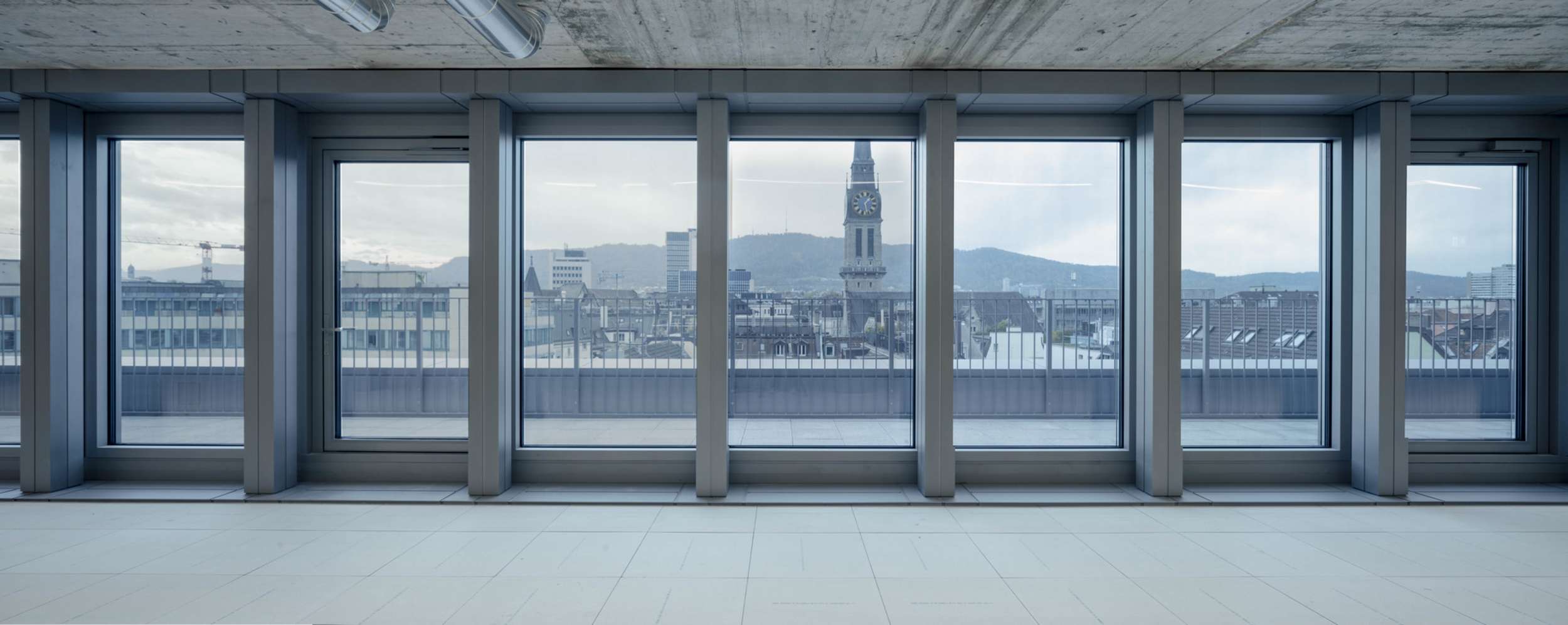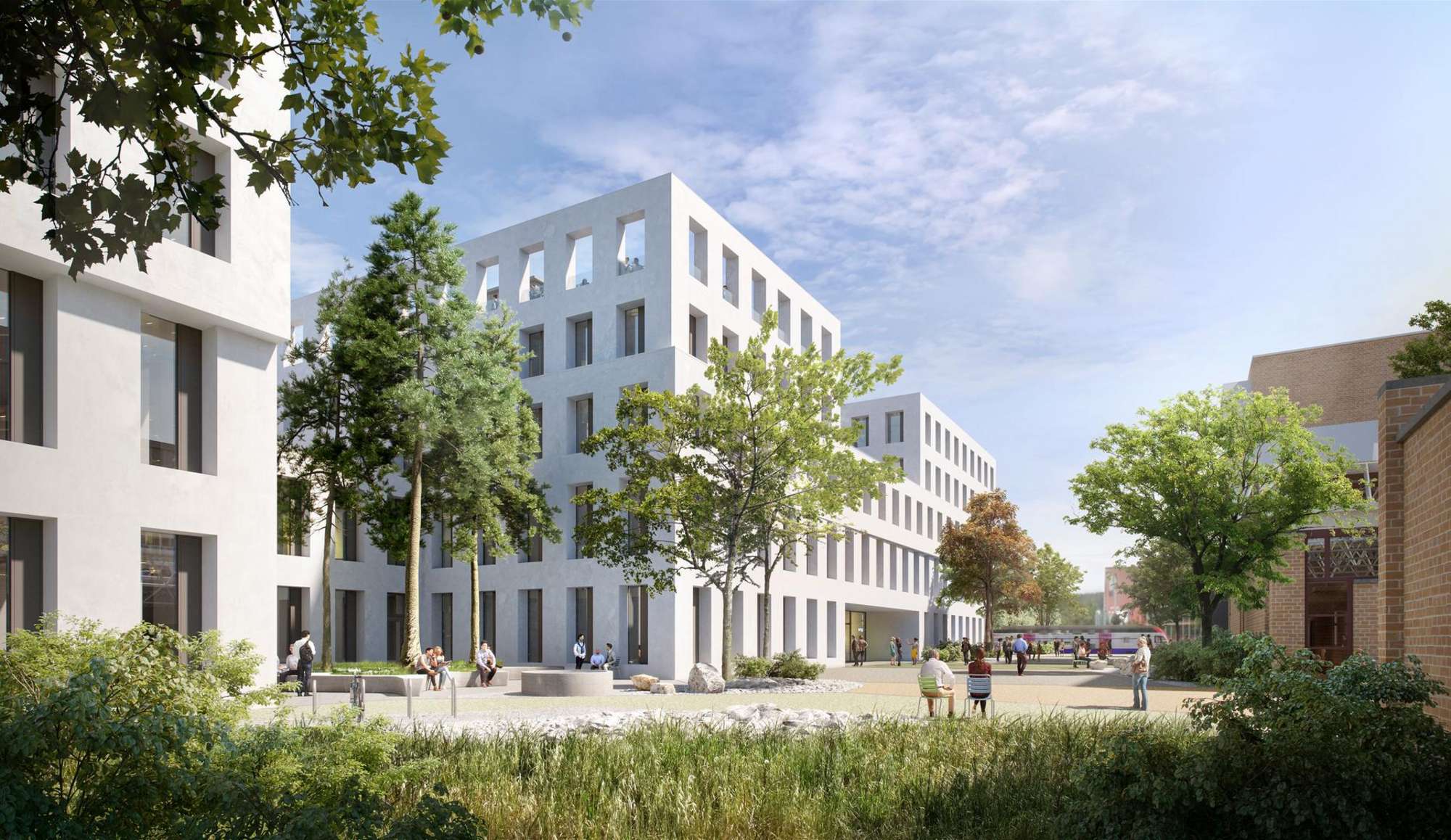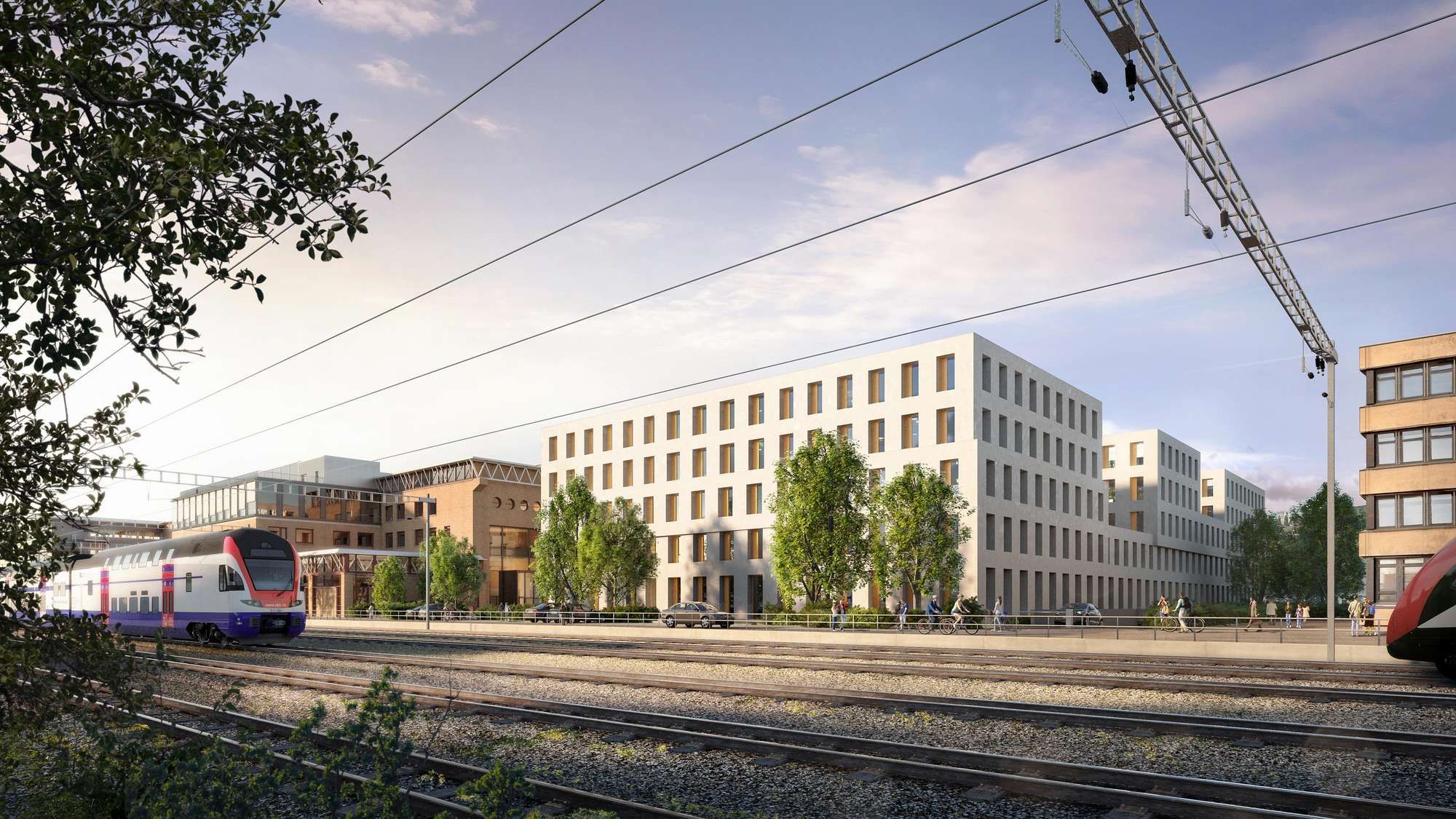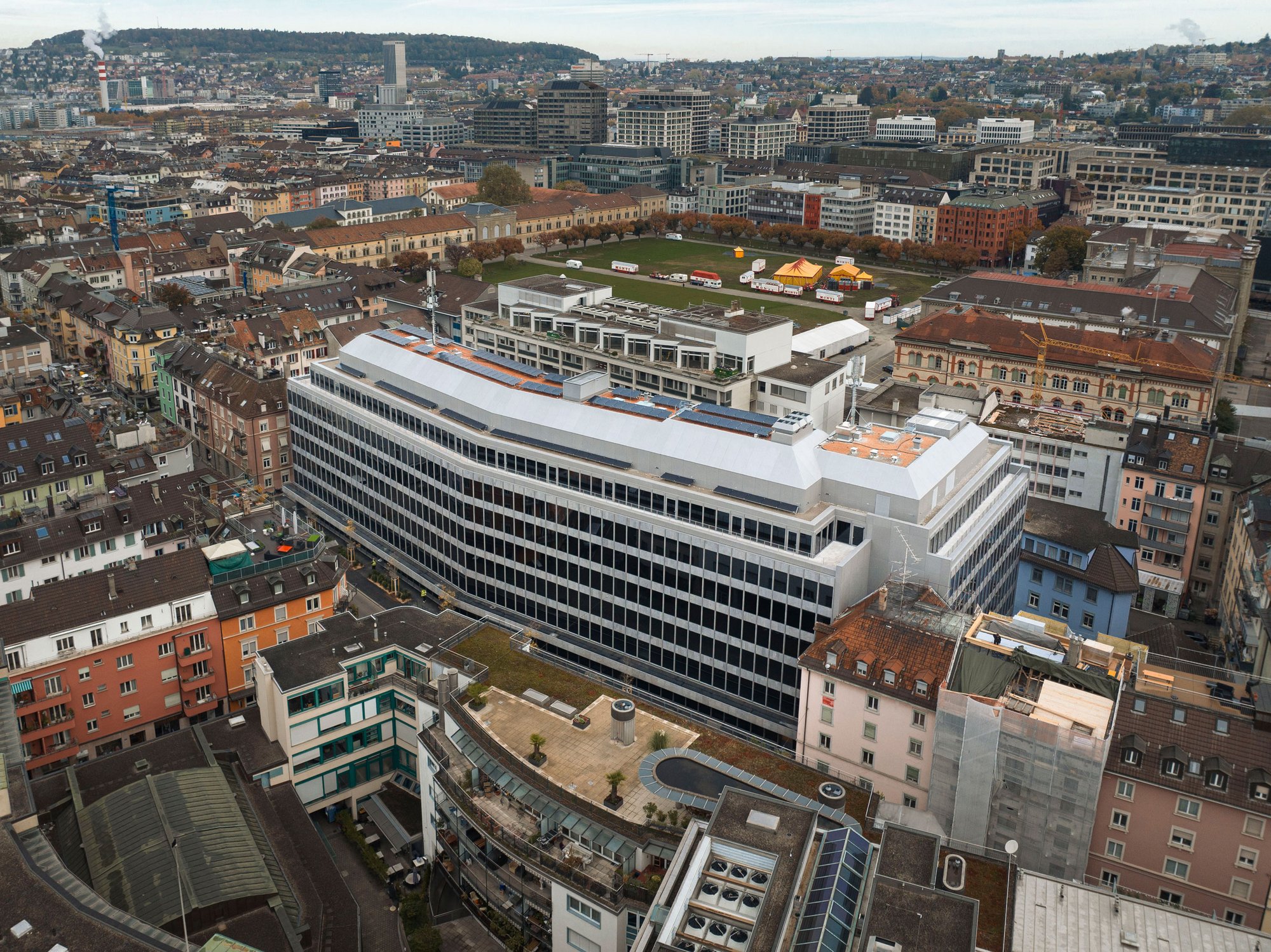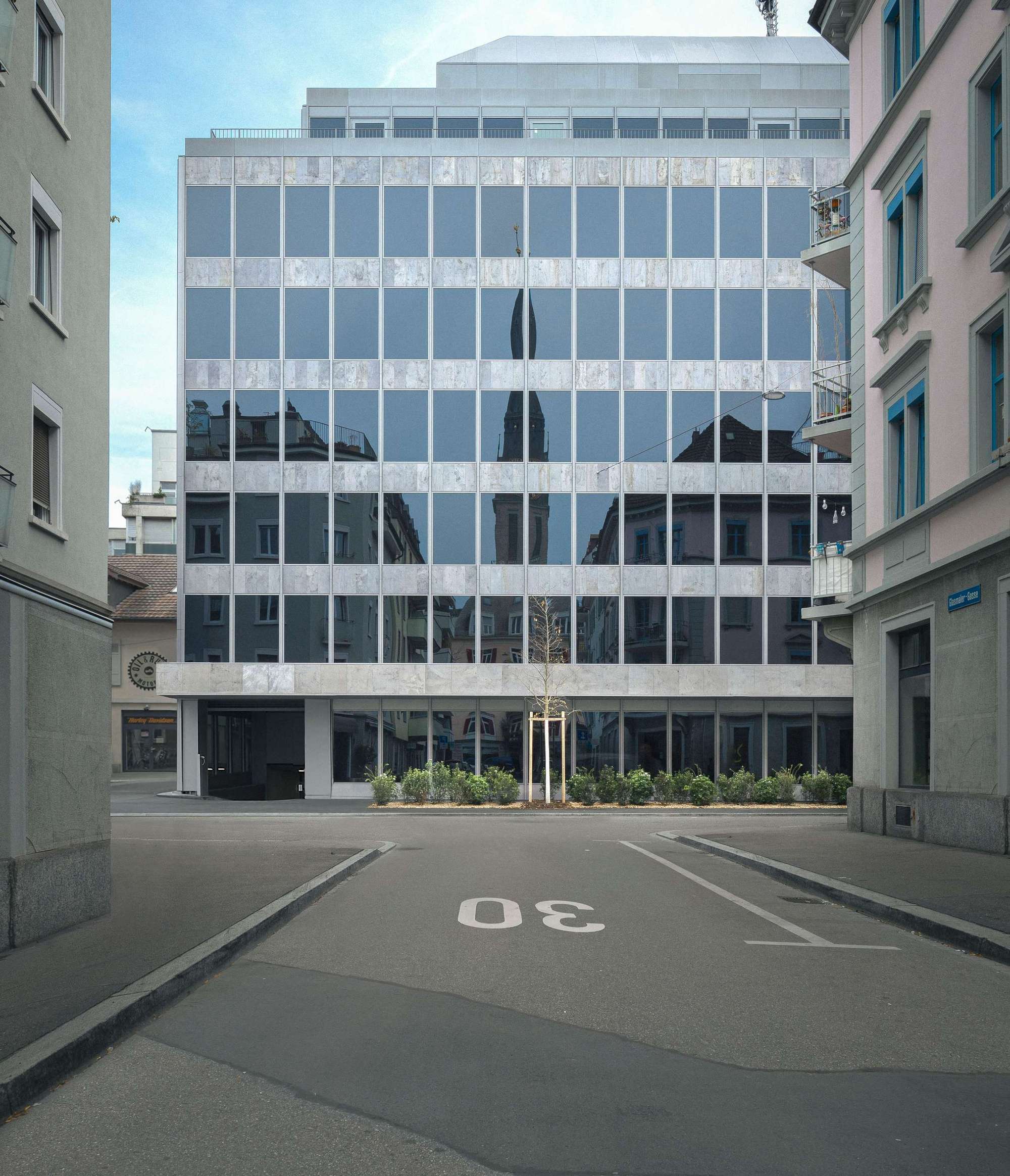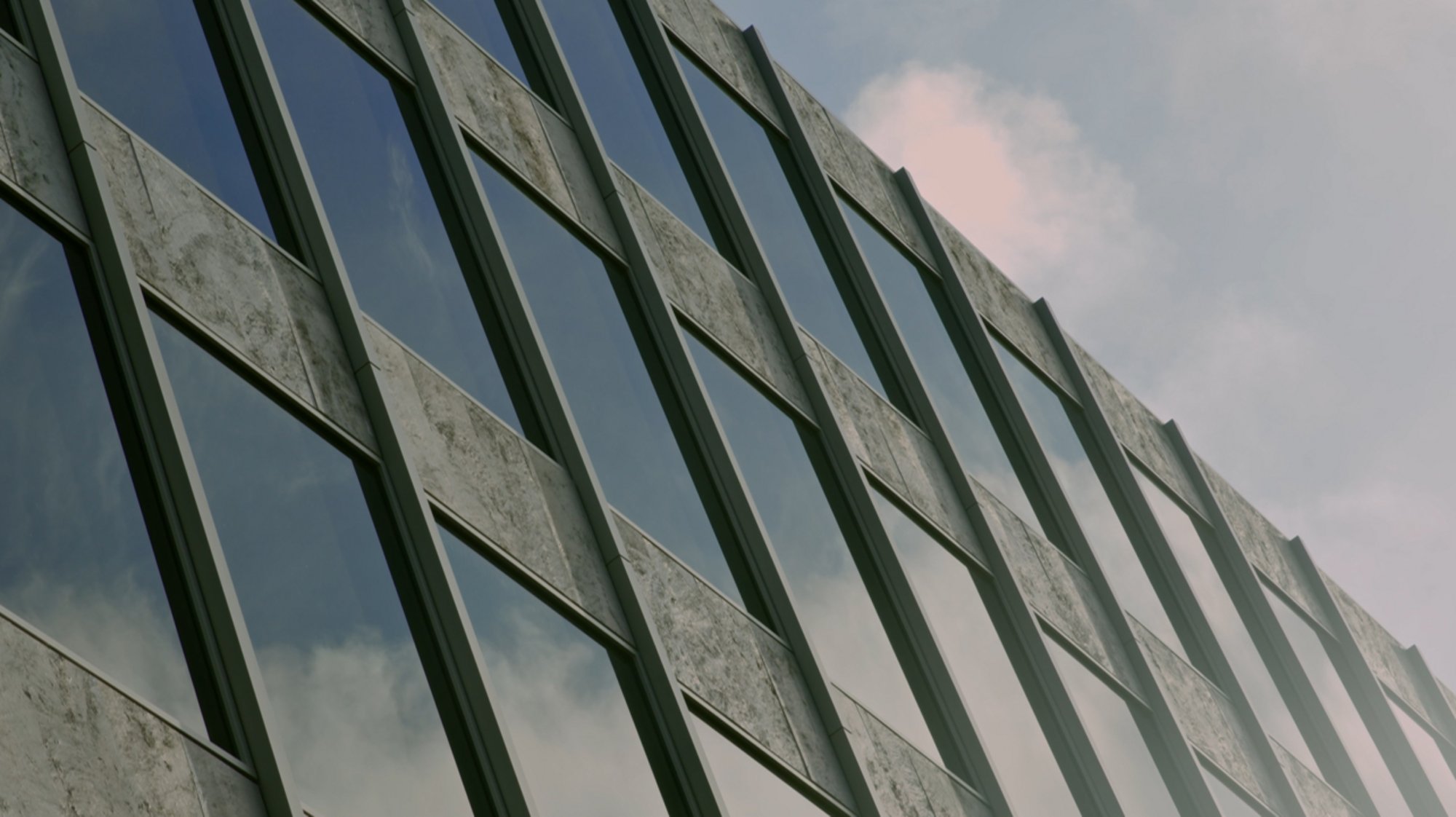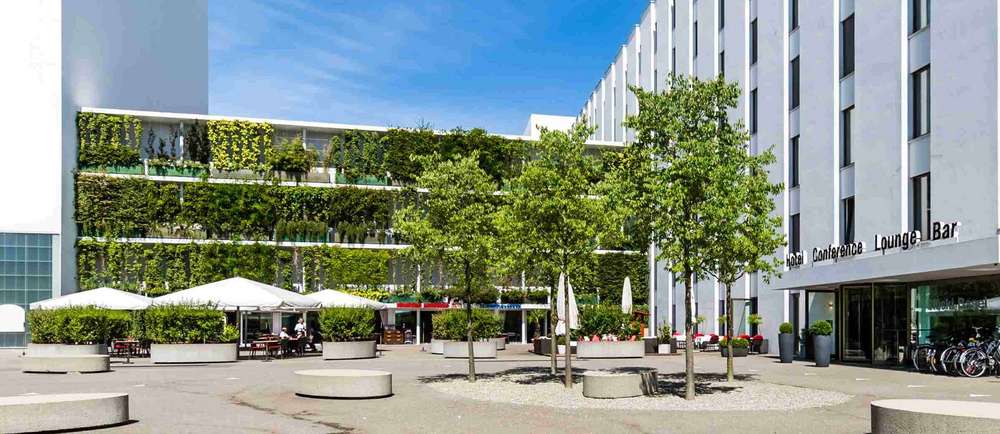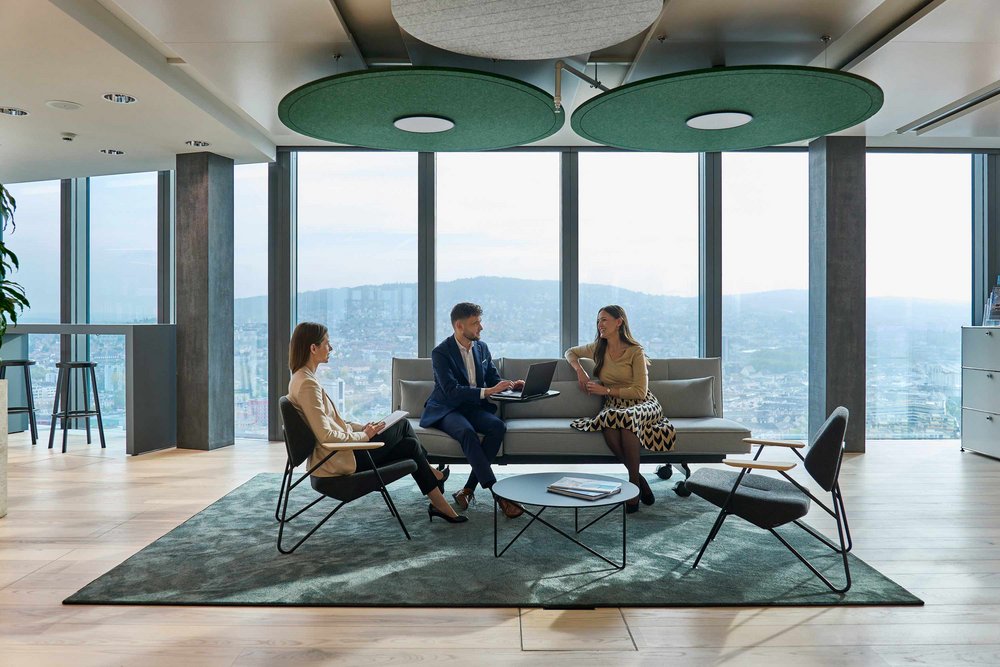Story
Driving the circular economy
According to current estimations, around 40 percent of global CO2 emissions are caused by real estate, with approximately 70 percent being produced while a building is in operation and 30 percent during construction. We can no longer view the economy as a linear process – instead, we must see it as circular, because resources are not infinite. This means consciously using all materials up until the end of a product’s service life and documenting them accordingly, so that they can be fed back into the closed loop in a way that preserves value and resources.
However, today’s economy largely still follows the linear process logic of raw material, production, product, consumption, waste. Here’s a simple example: while dial telephones of the past lasted a good 40 years, the only thing that generally matters in today’s modern smartphones is performance, which is improved every two to three years to such a degree that the device is ready to be replaced again almost as soon as it has been purchased. For this reason, we need to rethink our approach and go back to manufacturing products which last longer and which suppliers can strip down to individual materials at the end of their service life, so that the resources can be fully fed back into the closed loop.
Tackling challenges
The «circular economy» as a maxim of responsible action also needs to be more firmly anchored in the minds of the real estate sector. As a major real estate company, Swiss Prime has been committed to «circular construction» for some time, and was also the first signatory of the corresponding charter.
Its goal is to reduce the use of non-renewable primary raw materials to 50 percent of total volume, to record and significantly reduce the output of grey greenhouse gas emissions, and to measure and significantly improve the circular potential of renovations and new builds by 2030.
More specifically, this means making a careful assessment of the extent to which total demolition can be avoided and whether a renovation would be possible in place of a new build. If a new building is nevertheless required, it should be built with as long-term a perspective as possible. In general, it is important to reduce the use of materials and to record CO2 emissions and resource requirements in order to ensure that, that if a demolition has to happen at a later date, the materials can be fully reused. In addition, when choosing the materials, the risks of pollutants should be kept to a minimum, while waste should be reduced during production and subsequent demolition.
Leading by example
At Swiss Prime Site, the re-development project on Müllerstrasse in Zurich is a milestone, as most of the building shell was retained and 90 percent of the concrete reused, saving 2 600 tonnes in CO2 emissions.
Swiss Prime Site’s latest development projects consider even more aspects of sustainability. The «JED» new build project in Schlieren follows the «2226» approach: heating, mechanical ventilation and cooling is not needed at all in the office floor space, while operating energy expenses are minimised thanks to the particularly climate-resilient building envelope.
A deliberate choice has been made to preserve one building at the «YOND Campus» in Zurich Albisrieden, and the components and materials from the demolition that are suitable for reuse will be assessed. One particular planning specification in this project is to design the new buildings to be as neutral as possible for use as office or commercial spaces and, for the first time, consistently construct them using at least 50 percent renewable primary raw materials.
In addition to the ambitious targets for planning and implementation, Swiss Prime Site will also make an impact with this project when it comes to social sustainability, and focus on «inclusion» when marketing the rental floor space. More information about the project and this approach will be available soon on the corresponding website.
This article was published as part of the NZZ publishing supplement «Nachhaltig handeln» 2024. Find out more about the «YOND Campus» project:
